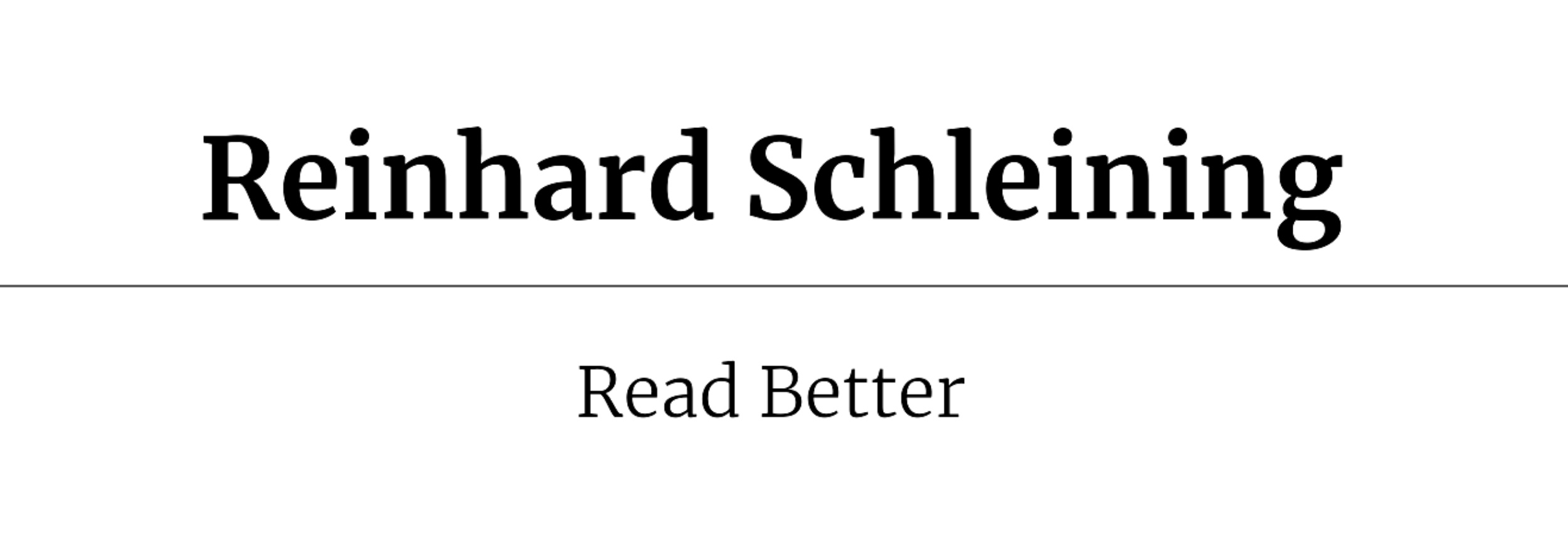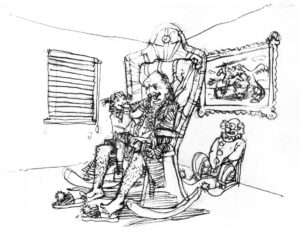***UPDATE – a slightly more polished and beautifully typeset version is part of the SYSTEMICS II book.
(made available to read online for free once-in-a-while or generally with a donation based password.
[ some hints for modern artist, as well as deep but childlike males and females ]
When possibly one of the greatest painters of the female nude, Jean Auguste Dominique Ingres, had to lend his ear to the accusation of not being modern enough, not enough of a ‘revolutionary’ like ‘everyone else’ at the time, he replied, in order to justify his love for classicism and renaissance art, that, well, “the female form looks still the same like it used to”. What he sarcastically implied with that confident quote was that if that weren’t the case anymore, he wouldn’t actually bother painting. He would’ve probably just carried on playing the second violin in his local orchestra to pay the rent and get on with his life (that’s apparently what he really did at one stage). For me, it’s very interesting to look at the progression that went on, from the days he devoted to the exposition of the female form in an attempt to capture some of her divine mystery and beauty, to how the genre finally evolved to be suitable for the complexities of the world today.

